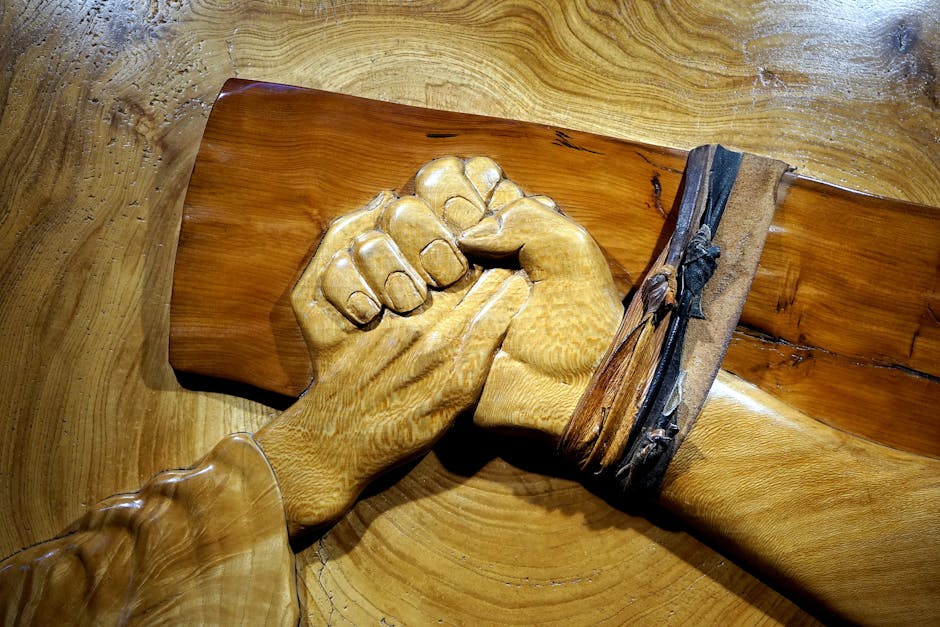
Wood Carving Techniques - Tips and Tricks for Beginners
Wood Carving Techniques - Tips and Tricks for Beginners
Wood carving is a traditional craft that allows you to transform a plain piece of wood into a beautiful work of art. Whether you're a beginner or an experienced woodworker, learning different wood carving techniques can open up a world of possibilities.
1. Chip Carving
Chip carving is one of the simplest and most popular wood carving techniques. It involves removing small chips or chunks of wood to create intricate designs and patterns. You can use a chip carving knife or a chisel for this technique.
2. Relief Carving
Relief carving is a technique that involves carving figures or designs in a flat panel of wood. The carved elements are raised above the background, creating depth and dimension. This technique is commonly used in decorative furniture, architectural embellishments, and wood sculptures.
3. Whittling
Whittling is the art of carving shapes out of raw wood using a knife. It is a popular technique for creating small wooden figurines, utensils, and decorative objects. Whittling allows for greater freedom and spontaneity in creating unique designs.
4. Power Carving
Power carving involves using power tools such as rotary tools or electric carving tools to sculpt and shape wood. This technique allows for greater speed and precision compared to traditional hand carving. However, it requires proper safety precautions and experience with power tools.
5. Sculptural Carving
Sculptural carving involves creating three-dimensional forms and sculptures from blocks of wood. This technique requires advanced skills and knowledge of anatomy, proportions, and sculpting techniques. Sculptural carvings can be incredibly detailed and realistic, showcasing the artist's talent and creativity.
As a beginner, it's essential to start with simple wood carving projects and gradually improve your skills. Practice basic techniques, learn about different types of wood, and invest in quality carving tools. Joining a wood carving class or workshop can also provide guidance and inspiration.
Remember to work with caution and wear appropriate safety gear when wood carving. Always follow instructions and practice proper tool handling to avoid accidents.
